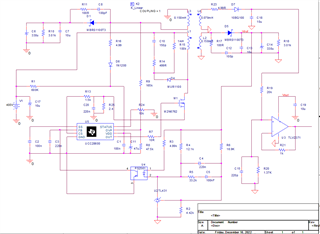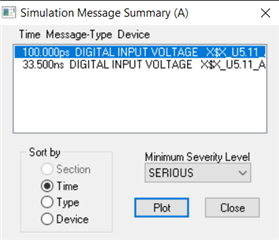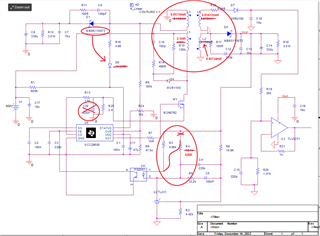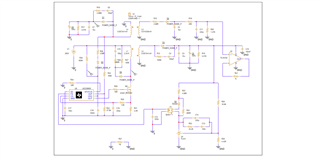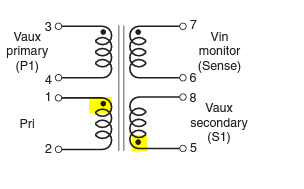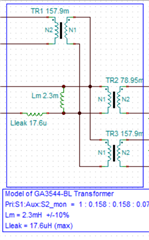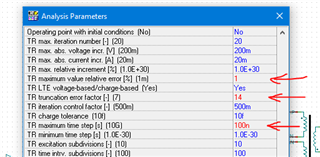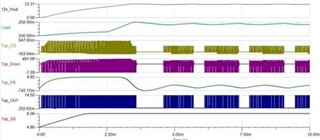Other Parts Discussed in Thread: TINA-TI, TL431, TLV431
Dear members,
I try to make a simulation of PWR050 of TI designs which use the "GA3544-BL ". I know that there is problem in using this transformer and coupling factor. I don't know how to solve it. You can see the sch of the circuit that I want to simulate below:
I will attach the simulation too. Any suggestion would be highly appreciated.
Thanks
Farzaneh


